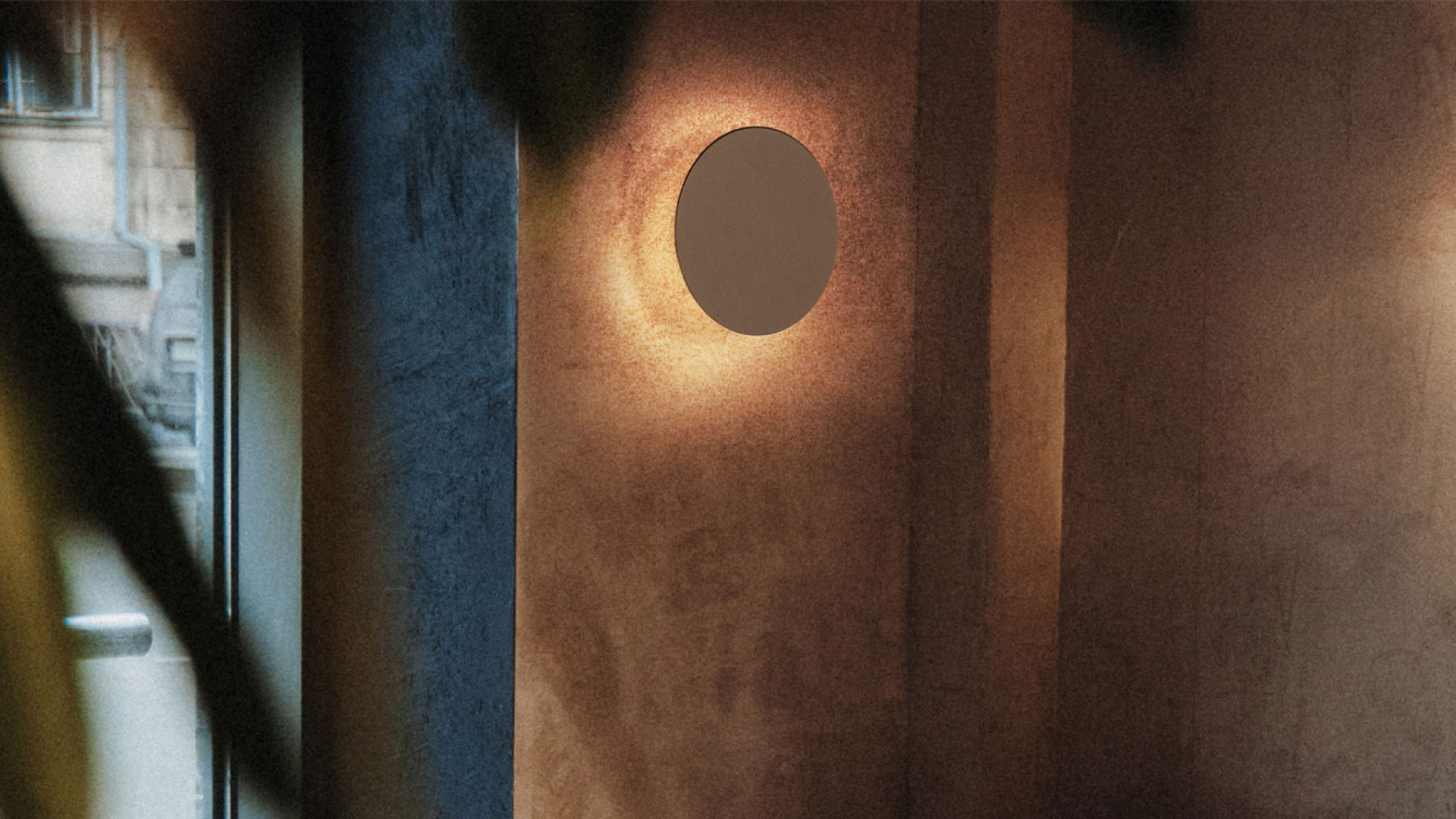Matter and color mark the renaissance of decor, and even the technician adapts
We use cookies to help you navigate efficiently and perform certain functions. You will find detailed information about all cookies under each consent category below.
The cookies that are categorized as "Necessary" are stored on your browser as they are essential for enabling the basic functionalities of the site. ...
Necessary cookies are required to enable the basic features of this site, such as providing secure log-in or adjusting your consent preferences. These cookies do not store any personally identifiable data.
Functional cookies help perform certain functionalities like sharing the content of the website on social media platforms, collecting feedback, and other third-party features.
Analytical cookies are used to understand how visitors interact with the website. These cookies help provide information on metrics such as the number of visitors, bounce rate, traffic source, etc.
Performance cookies are used to understand and analyze the key performance indexes of the website which helps in delivering a better user experience for the visitors.
Advertisement cookies are used to provide visitors with customized advertisements based on the pages you visited previously and to analyze the effectiveness of the ad campaigns.
June 2024

Matter and color mark the renaissance of decor, and even the technician adapts
A thousand lights All the trends
Light has always been underestimated in the design process or maybe considered after the actual architecture phase, often integrated at a later stage, without a precise study or design purpose.
But something has changed. The development of new technologies has given a favourable input to the experimentation of new possible scenarios and also interior trends have pushed production companies to explore new finishes and colours. There is a need for specialised figures, which is often requested by the architectural designer himself. The lighting designer acquires a new professional dignity capable of evoking emotions. And light does not only have the purpose of brightening up but also of shaping space and bringing architecture to life by creating different scenarios.
Unlike the world of fashion, which changes quickly (every season brings a change of look), the world of architecture and design has a slower pace, lasting years.
For years, the concept of subtraction prevailed, with a constant imperative: “less is more”. Colour was banned in favour of total white, metals were dominated by chrome or steel – in the most precious solutions – while gold and brass were destined for luxury markets in Eastern Europe and the Middle East. And so for years. Subsequently there has been a shift towards a less rigorous direction, thanks to Latin design and Spanish contamination. This change was seen at various trade fairs, from ceramics to design, bathroom furniture and tapware. This change was seen at various trade fairs, from ceramics to design, bathroom furniture and tapware.
The lighting world was not indifferent to this change. And here is the rebirth of the decorative. Metallic finishes are becoming more precious: gold and brass in particular are solutions pursued by interior designers on the wave of a new fashion, Vintage, which is prevailing particularly in the contract sector. The finishes range from polished to brushed and then the triumph of black. This can be seen first and foremost in taps and fittings and bathroom furniture, in the profiles of shower cubicles and thermo-furnishings, and then an invasion into other fields including lighting.
Even the technical sector is not indifferent to this change in style. Now the shape is becoming more visible, the track is becoming visible as well, and the struts are reappearing on the market. Linear systems are being developed, and the technical is also becoming more scenic. But there is also a new interest in ambient, soft lighting, hidden in perimeter walls. The trend is to have several lighting points to create as many scenarios as possible: fixed lighting patterns are replaced by accent lighting. The trend is to have several lighting points to create as many scenarios as possible: fixed lighting patterns are replaced by accent lighting.
“Accent lighting instead of fixed patterns.
Everything revolves around the human being who is brought back to the centre of the project, of any project, from architecture to interior design to new solutions aimed at well-being. It seems obvious but it is not. Man at the centre becomes the leitmotif of design, accentuated by the particular context of the days we are living.